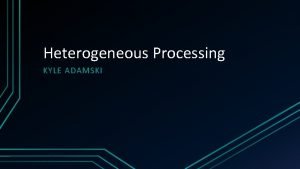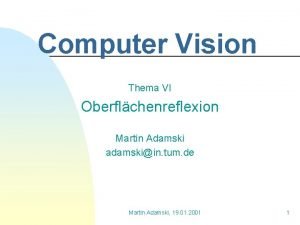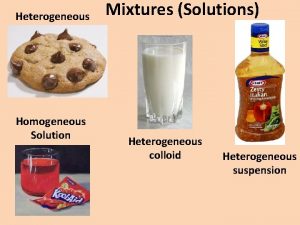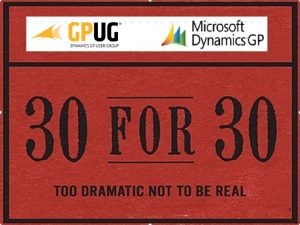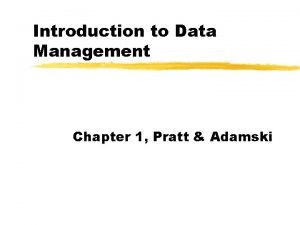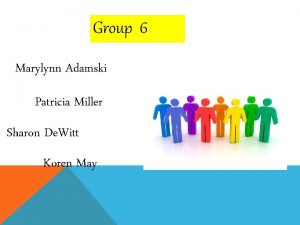Heterogeneous Processing KYLE ADAMSKI Overview What is heterogeneous

















- Slides: 17

Heterogeneous Processing KYLE ADAMSKI

Overview • What is heterogeneous processing? • Why it is necessary • Issues with heterogeneity • CPU’s vs. GPU’s • Heterogeneous Programming • Data-parallel computing with GPU’s

What is Heterogeneous Processing? • Helps meet performance requirements for todays software • Uses variety of computational units for processing General-purpose processor (GPP) • Special-purpose processors • Digital Signal Processors (DSP) • Graphics Processing Unit (GPU) (Most Popular) • Co-Processor • Field-Programmable Gate Array (FPGA) • • Consists of processors with different instruction set architectures

What is Heterogeneous Processing? Cont… • Demand due to need for high-performance • Considered parallel computing or multi-core systems • Parallel - Calculations are carried out simultaneously • Multi-core – A single computing component with two or more central processing units • Also considered Hybrid Computing

Why it is necessary • Bypasses physical barriers of minimum CPU size • Bypasses Memory-wall issue • CPU improved at a rate of 55% annually while memory speed 10% • Reduces energy consumption • Better performance-per-dollar ratio than CPU’s • Reduces latency

Issues with heterogeneity • Computation elements may have different instruction set architectures • Different elements may interpret memory in different ways • Library and OS services may not be uniformly available to elements • Additional translation for language features • Different cache structures • Multiple ways of interconnecting • Multiple compilers

CPU’s vs. GPU’s

CPU’s vs. GPU’s • GPU’s take data and perform same operations over and over very quickly, whereas CPU’s skip all over • CPU’s have a few cores, GPU’s have hundreds Allows GPU’s to handle thousands of threads simultaneously • Allows GPU to be more power and cost efficient • • CPU’s better for general purpose performance

Heterogeneous Programming • Faster processing but difficult to develop for • Programmers need to consider how to program in parallel • Requires hardware specific code incorporated in application code Increases complexity • Decreases portability • • Balancing application workload • Different processing speeds

Heterogeneous programming cont… • Easier with programming building blocks Programming libraries • Higher-order functions • • Microsoft Accelerator Higher-level data parallel programming system • Code written once and then executed on three different targets • Library used from any language that supports linking with a C calling interface under Windows •

Heterogeneous programming cont…

Heterogeneous programming cont… • Open. CL – Open Computing Language Framework for writing programs that execute across heterogeneous platforms • Developed by Apple •

Data-parallel computing with GPU’s • Difficult to program for • Requires older techniques Explicit data placement • Data movement • • Compute Unified Device Architecture (CUDA) Created by Nvidia • Parallel computing platform and programming model for their GPU’s • Limited to Nvidia hardware • Allows more control of the GPU •

Field-programmable gate array • Configurable after manufacturing • Configured using hardware description language • Supports high-speed irregular operations • Processing XML queries in real-time over high-speed networks • Contains logic blocks with interconnects that allow the blocks to be wired together

Summary • What is heterogeneous processing • Why heterogeneous processing is necessary • Some of the common issues with heterogeneous processing • The differences between CPU’s vs. GPU’s • Heterogeneous Programming • Data-parallel computing with GPU’s

Sources • http: //epic. hpi. unipotsdam. de/pub/Home/Trends. And. Concepts. II 20 10/HW_Trends_borkar_2015. pdf • http: //blogs. nvidia. com/2009/12/whats-the-difference-between-acpu-and-a-gpu/ • http: //queue. acm. org/detail. cfm? id=2000516

Questions
 Kyle adamski
Kyle adamski Kyle adamski
Kyle adamski Martin adamski
Martin adamski Point processing in image enhancement
Point processing in image enhancement Image processing
Image processing Bottom-up processing examples
Bottom-up processing examples Histogram processing in digital image processing
Histogram processing in digital image processing Morphological processing in digital image processing
Morphological processing in digital image processing High boost filtering matlab
High boost filtering matlab Parallel processing vs concurrent processing
Parallel processing vs concurrent processing Bottom-up processing example
Bottom-up processing example Batch processing vs interactive processing
Batch processing vs interactive processing Bottom up vs top down psychology
Bottom up vs top down psychology Primary and secondary processing of food
Primary and secondary processing of food Neighborhood processing in digital image processing
Neighborhood processing in digital image processing Gloria suarez
Gloria suarez Kyle corbitt
Kyle corbitt Kyle gaines
Kyle gaines

